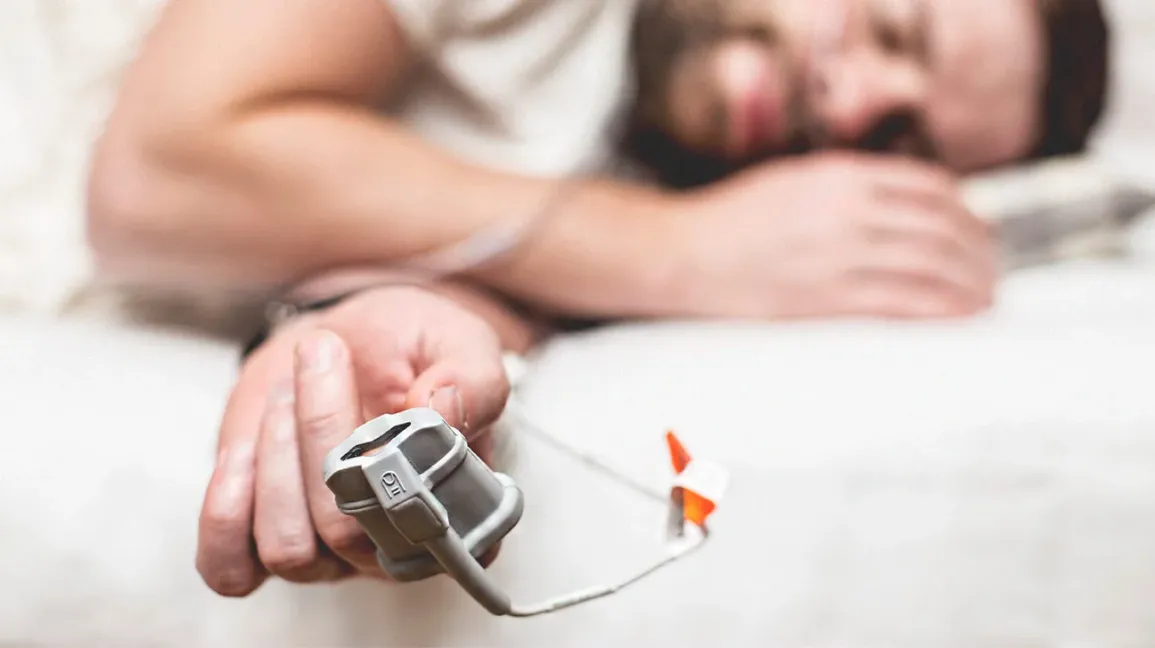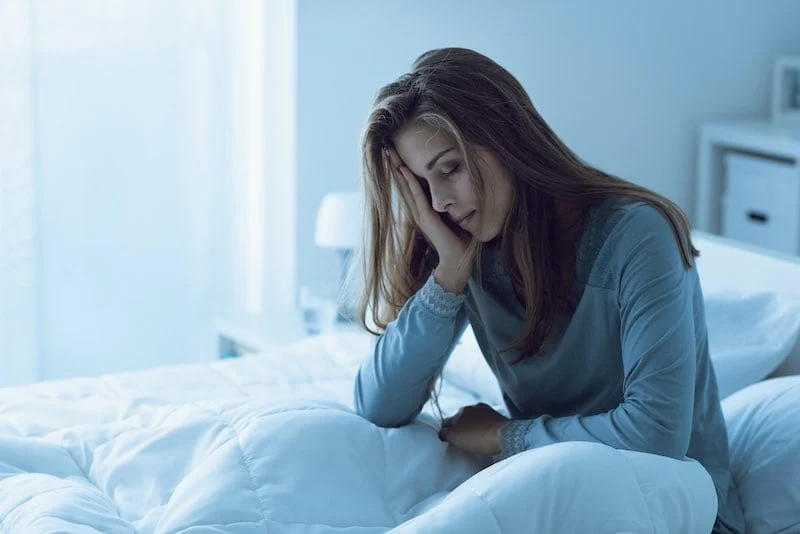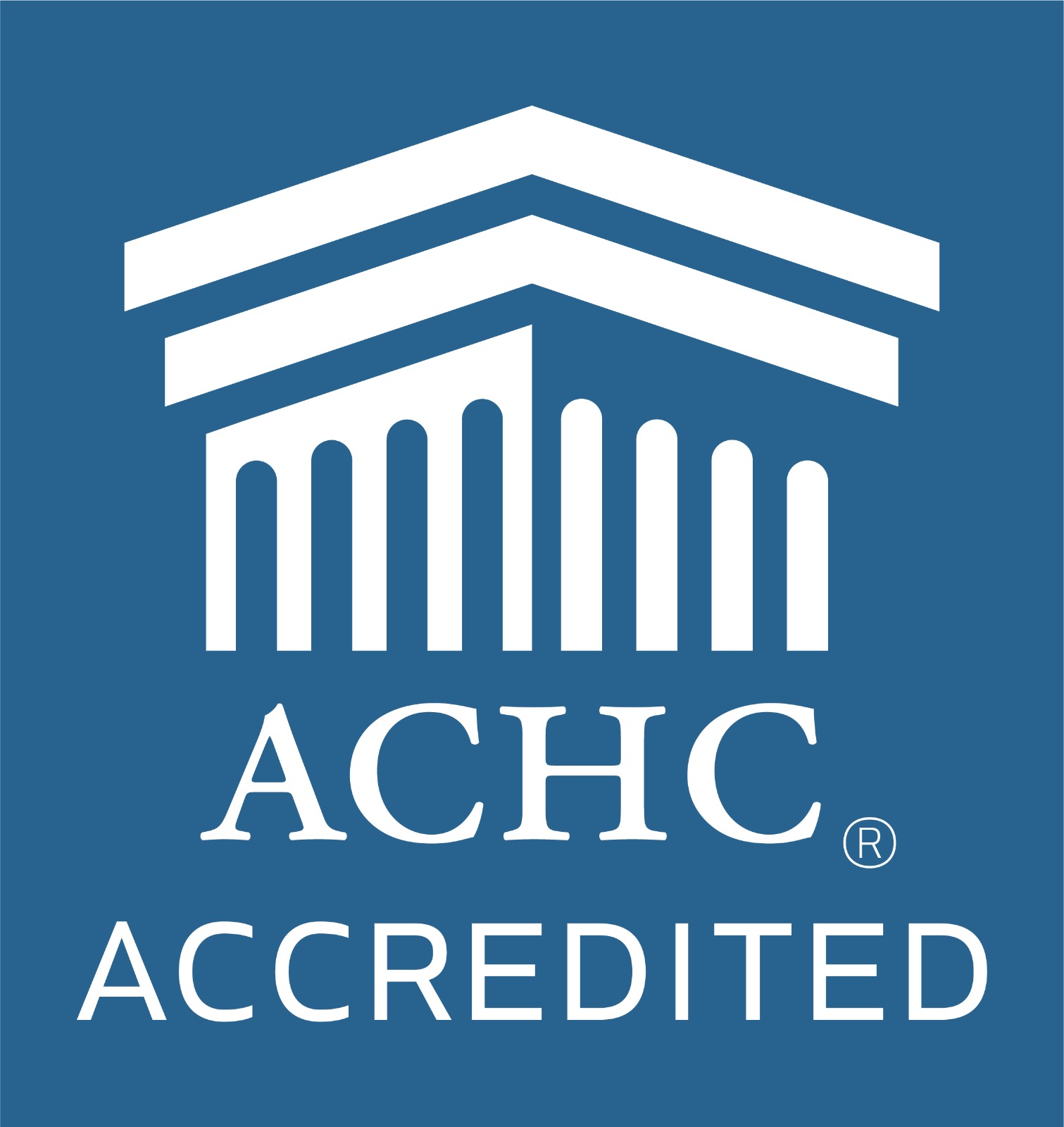What is sleep apnea?
Sleep apnea is a potentially serious sleep disorder that occurs when a person’s breathing is interrupted during sleep. People with untreated sleep apnea may stop breathing repeatedly during sleep, sometimes hundreds of times in one night.
There are two main types of sleep apnea:
There are two main types of sleep apnea:

Obstructive Sleep Apnea (OSA):
The most common type, caused by repetitive episodes of complete or partial blockage of the upper airway during sleep. During an episode, the diaphragm and chest muscles work harder to open the airway, often resulting in a loud gasp or body jerk. These episodes can interfere with sleep, reduce oxygen to vital organs, and cause heart rhythm problems
Central Sleep Apnea (CSA):
Occurs when the airway is not blocked, but the brain fails to send proper signals to the muscles that control breathing. This is related to dysfunction in the central nervous system.
What causes sleep apnea?
OSA: Blockage of the airway, usually due to soft tissues in the rear of the throat collapsing during sleep.
CSA: Often linked to central nervous system problems (e.g., stroke, ALS, neuromuscular disease) or heart/pulmonary failure.
CSA: Often linked to central nervous system problems (e.g., stroke, ALS, neuromuscular disease) or heart/pulmonary failure.

Who gets sleep apnea?
- About 25% of men and 10% of women
- Can affect all ages, including children
- More common in people over 40 and those who are overweight
Risk factors include:
- Excess weight
- Large neck circumference
- Structural issues narrowing the airway (nasal obstruction, low-hanging soft palate, enlarged tonsils, small jaw with overbite)


